Ensuring food security in the face of global challenges is a paramount concern for nations worldwide. This need is particularly pressing on the African continent, where agricultural diversity faces threats from climate change, habitat loss, and other environmental pressures. Recently, 100,000 rare African seeds were added to the Svalbard Global Seed Vault, a move seen as pivotal in preserving the future of African agriculture. Let’s delve into why this initiative is so crucial and what it means for the future of Africa’s crops.
What is the Svalbard Global Seed Vault?
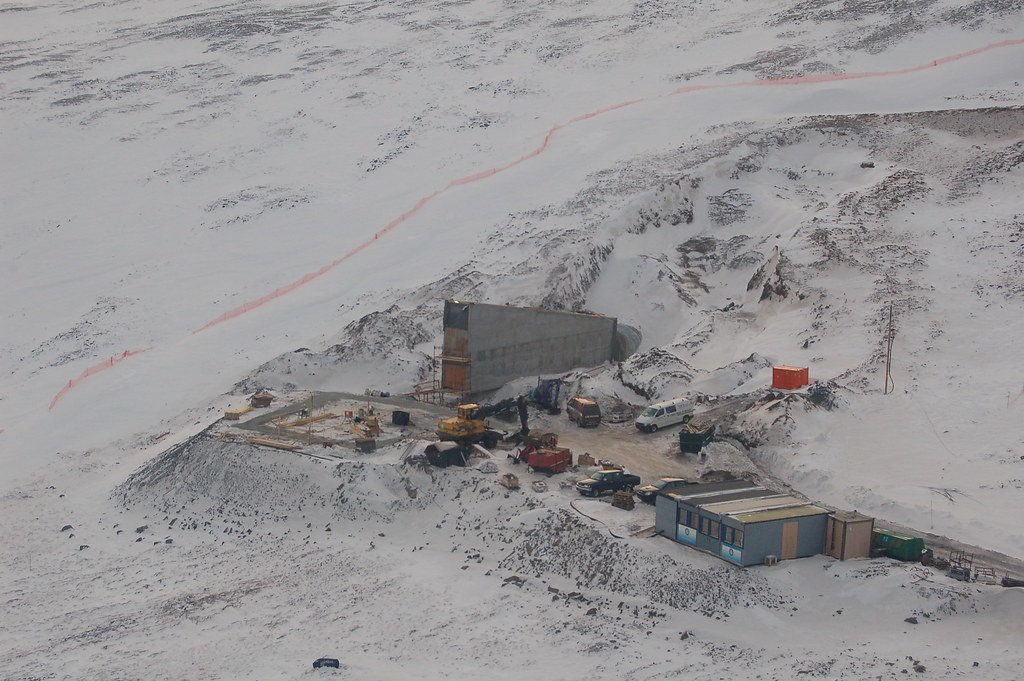
Nicknamed the “Doomsday Vault,” the Svalbard Global Seed Vault is a secure seed bank located on the Norwegian island of Spitsbergen, part of the Svalbard archipelago. Built to withstand natural and man-made disasters, the vault serves as a global insurance policy for the preservation of agricultural biodiversity. Opened in 2008, it houses seeds from around the world to safeguard crop diversity against threats.
The Importance of Seed Diversity
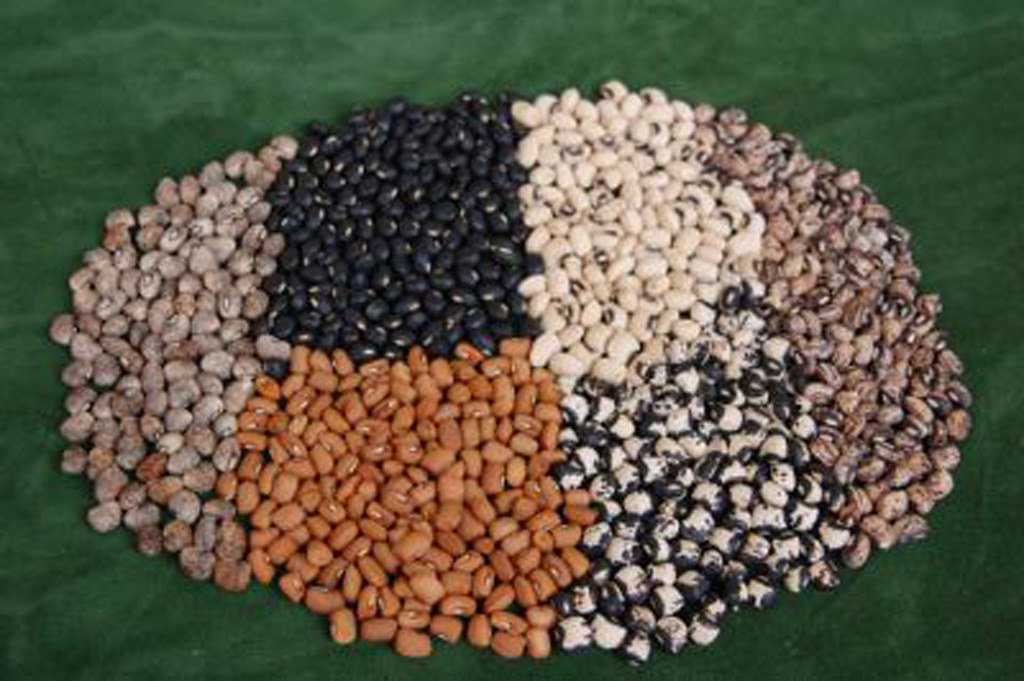
Agricultural biodiversity forms the backbone of food security, enabling ecosystems to thrive and adapt to changing conditions. Diverse seed varieties help cultivate plants that are resilient to pests, diseases, and extreme climatic conditions. In regions like Africa, where climates vary dramatically, maintaining a wide array of seed types is crucial to sustaining agricultural productivity.
Why Focus on Africa?

Africa is home to a rich diversity of plant species that are vital to both the continent and global food supply. However, many indigenous crops face extinction threats due to factors like monoculture farming, habitat destruction, and climate shifts. By securing these seeds in the Svalbard Vault, Africa aims to protect its agricultural heritage and ensure that these essential crops can be reintegrated into farming systems as needed.
The Types of Seeds Collected

The 100,000 seeds recently added to the vault include a range of unique varieties, from drought-resistant millet and heat-tolerant sorghum to native legumes that enhance soil fertility. These seeds represent not just agricultural products but also cultural heritage and traditional knowledge specific to African communities.
Addressing Climate Change Challenges

Climate change poses a significant threat to agriculture by altering weather patterns and increasing the frequency of extreme weather events. By preserving seeds with diverse genetic traits, scientists and farmers can develop new crop varieties that are more resilient to these changes, thereby mitigating adverse impacts on agriculture and food security.
Cultural and Economic Benefits

Preserving seed diversity offers cultural benefits by maintaining traditional farming practices and food systems that are integral to community identities. Economically, it supports sustainable agriculture, reduces dependency on imported seeds, and fosters innovation in developing homegrown solutions to agricultural challenges.
Collaboration for Conservation
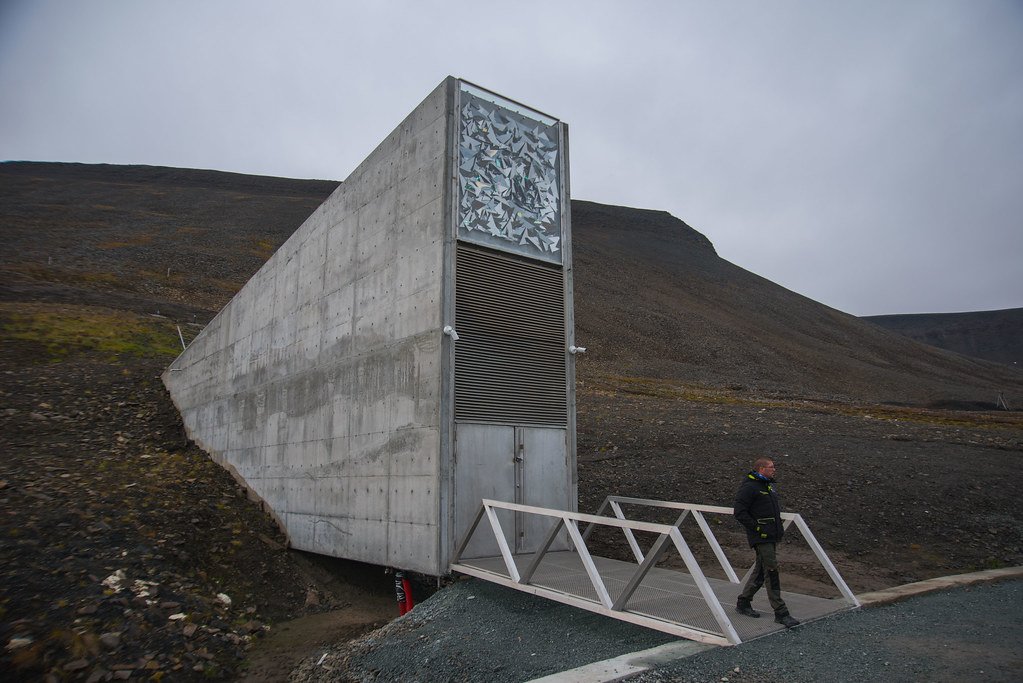
The addition of Africa’s seeds to the Svalbard Vault involves collaboration between governments, research institutions, NGOs, and local farmers. This cooperative effort highlights the importance of global partnerships in tackling issues of food security and biodiversity conservation.
Innovation in Seed Preservation
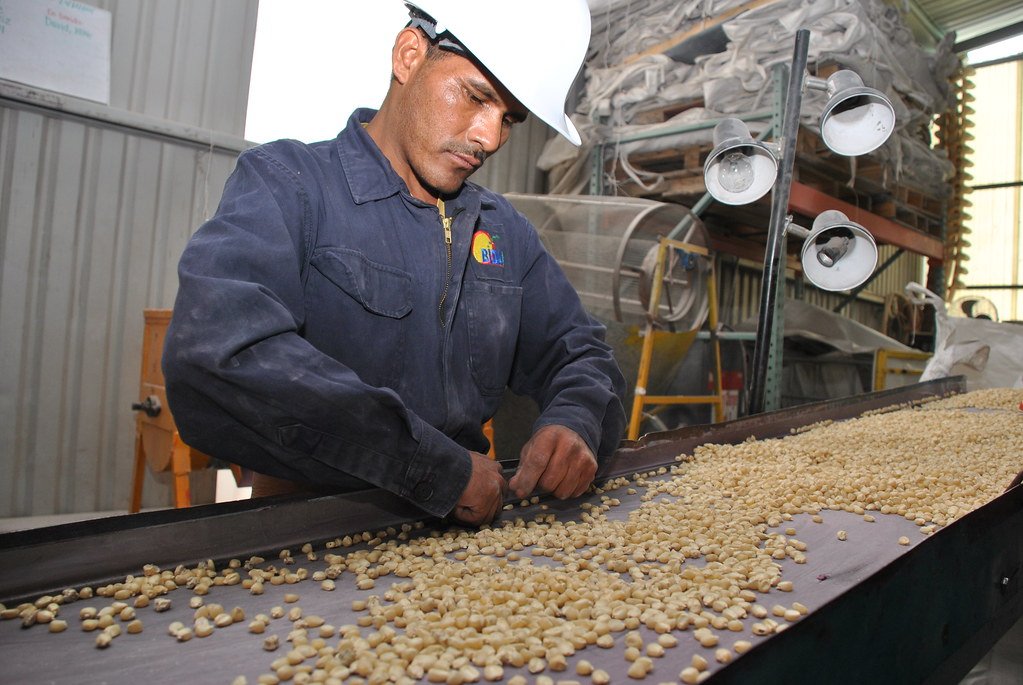
The process of selecting, storing, and revitalizing seeds involves cutting-edge technology and research. Scientists use careful techniques to ensure the seeds remain viable over long periods, which includes the control of temperature, humidity, and other environmental factors critical to preservation.
Future Implications
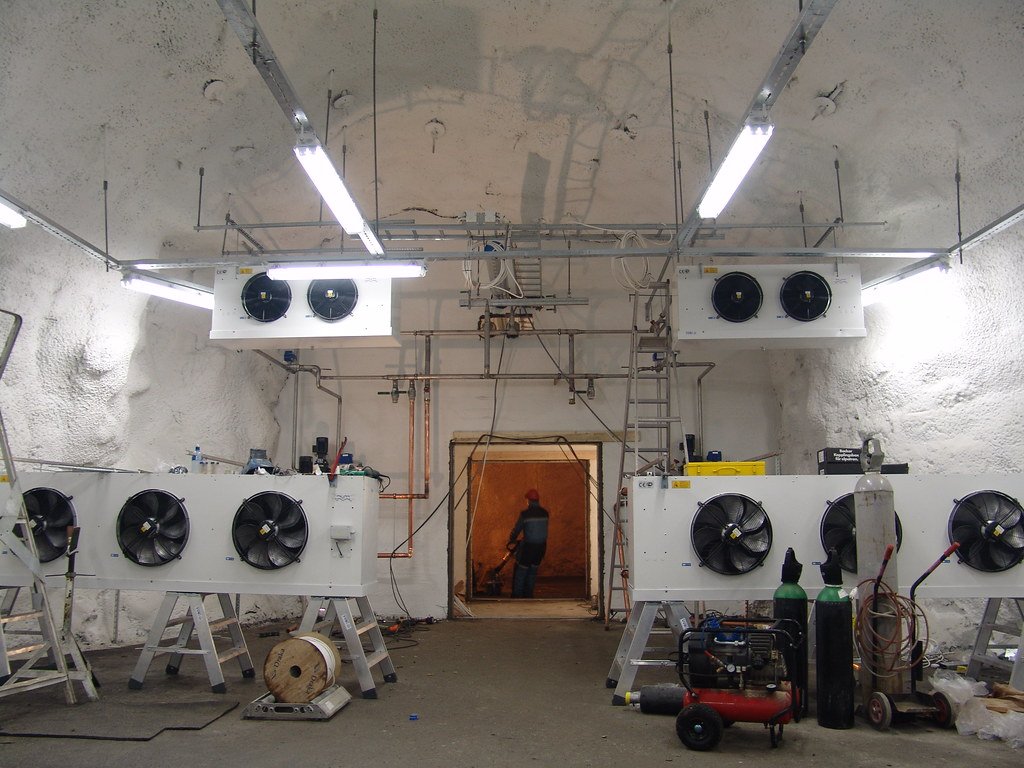
Depositing seeds in the vault is not just about preservation; it is an investment in future agricultural innovation. As challenges evolve, the genetic resources stored in the vault can serve as a vital library for breeding new plant varieties that meet emerging demands and adapt to local conditions.
Conclusion: Securing Africa’s Agricultural Future

The integration of 100,000 rare African seeds into the Svalbard Global Seed Vault represents a proactive step towards safeguarding the continent’s food security and agricultural diversity. By preserving this invaluable genetic material, Africa and the world stand better prepared to face the uncertainties of climate change and global food demands. This initiative underscores the critical role that seed banks play in sustaining life and livelihoods, highlighting the need for continued investment and collaboration in seed conservation efforts worldwide.




